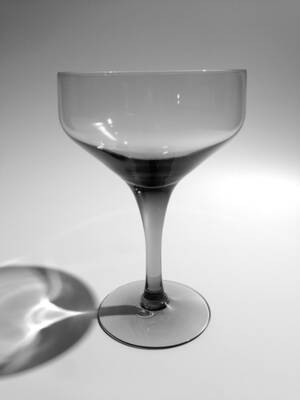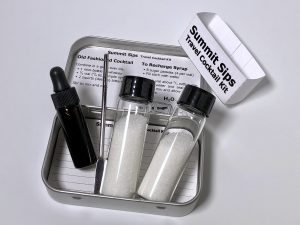
Grapefruit and Orange Super Juice
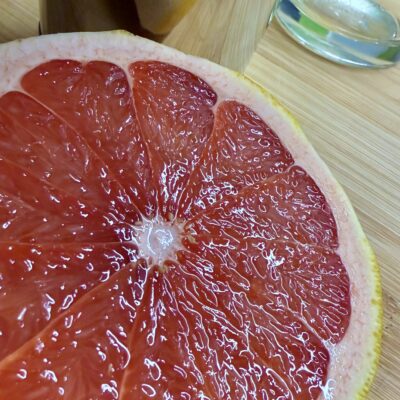
Fresh is best when it comes to citrus in cocktails, unless, of course, you are using Super Juice. A few years ago we went all-in, peeling citrus to extract the flavorful essential oils to make super juice—a way to use the zest of the fruit and acid powders to greatly expand the typical yield. Quite remarkably, the juice you create using this technique tastes fantastic, usually selected as better than fresh-squeezed from the same fruit in blind taste tests. And don’t forget that it does still come from the fresh fruit. We won’t get into the details here about why using super juice is so much more convenient, tastes better, lasts longer, costs less, and is more environmentally advantageous than squeezing citrus one at a time for your cocktails—we already covered that in our previous post. But we will dive into a common follow up question: What about grapefruit and orange?
Given the fact that the recipes for both lemons and limes are identical, one might conclude that you can apply the same formula to any citrus. While grapefruit and orange are conceptually similar, there are important adjustments that need to be made. Think about it for a moment. Lemons and limes are used in cocktails for their acidity in sours—a style of drink that requires something to balance the tart flavors with something sweet. You’d never pour a glass of lime juice and drink it straight. Even lemonade has a lot of sugar to bring all of that acid into balance. Now, take a glass of orange juice, or grapefruit. You can drink these on their own just fine.
There are plenty of enthusiasts out there who want “acid-adjusted” versions of orange and grapefruit so they can use them interchangeably in recipes that call for lemon or lime. This could result in a lot of interesting and creative ingredient swapping. But that’s not our goal. We want to enjoy all the benefits of super juice without contradicting the natural flavor profile so we can use super grapefruit and super orange in every existing recipe as-is, or serve them alone on occasion.
Fortunately, we are not starting from scratch. Nickle Morris, the bartender who introduced the world to super juice had some ideas about where to start. Since then, we have been developing our own recipes and decided to share our versions of super grapefruit and orange so others might give them a try. Let’s start with grapefruit.
Grapefruit Super Juice
100g grapefruit peels
1 liter water
24g citric
4g malic
2g MSG
100g sugar
Peel several grapefruit until you have at least 100 grams of peels. Create an “oleo citrate” by covering the peels with carefully measured citric and malic acid powers, sugar and MSG. Optionally, wait an hour for the powders to extract the oils from the peels (you don’t actually have to wait) and add the water. Blend for a few seconds to break down the peels into small pieces. Make sure the acid and sugar is fully dissolved, then filter through cheesecloth and store in a clean bottle. For maximum yield, squeeze the juice from the peeled fruit and add this to the bottle too. Store in the refrigerator.
We almost always make a half-sized recipe which rarely requires more than a couple large grapefruit. Breaking this down we see that compared to lime and lemon super juice, this calls for less acid, adds some sugar, and oddly, a pinch of MSG. It sounds crazy before you realize that grapefruit does have a savory note which comes from glutamic acid. The monosodium glutamate which is common in asian cuisine adds that component beautifully. It is easy to over do it, so measure carefully with a scale and you will be surprised how drinkable and delicious this is.
Our evolved recipe is simpler than the original Morris version which will have you boiling the peels to extract some bitterness. If you want more of that element, blend the peels just a bit longer, or get more of the white pith. In any case, the color comes out more yellow than ruby which is fine. If you like it pink, add a spoonful of beet root powder.
Orange Super Juice
130 g orange peels
1 liter water
13 g citric acid powder
1 g malic acid powder
120 g sugar
Peel several oranges until you have 130 grams of peels. Create an “oleo citrate” by covering the peels with acid powders and sugar. Optionally, wait an hour for the powders to extract the oils from the peels (you don’t actually have to wait) and add the water. Blend for a few seconds to break down the peels into small pieces. Make sure the acid and sugar is fully dissolved, then filter through cheesecloth and store in a clean bottle. For maximum yield, squeeze the juice from the peeled fruit and add this to the bottle too. Store in the refrigerator.
This recipe is even easier than the grapefruit (no MSG), but the concept is similar. We have less acid than lime or lemon and a lot of sugar. We also need more peel, though feel free to experiment. This super orange is intense, where fresh squeezed orange juice can often seem watery. It is more akin to store-bought Minute Maid, or orange juice made from concentrate. It works great in cocktails or as a morning refresher, but don’t over blend the orange peels or you will extract bitterness.
That’s it. These are the recipes we have been using for the past couple of years to make all of our “fresh” juice for cocktails. We can attest that the grapefruit works wonderfully in highballs and both are amazing in tiki cocktails. The orange makes a fantastic mimosa. The lower acidity and added sugar may not bode well for long-term storage compared to super lemon and lime, but it shouldn’t be any worse than fresh-squeezed, and you have the benefits of higher yields and more intense flavor. Enjoy, and let us know what you think.
From The Shop:
Recommended:
You Might Also Like:
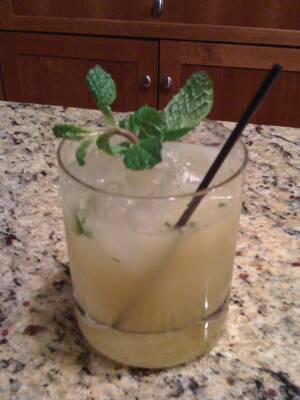
Whiskey Smash
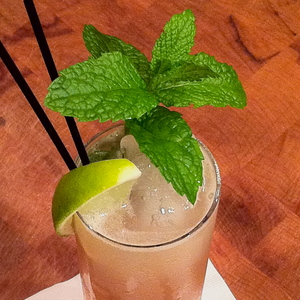
El Diablo
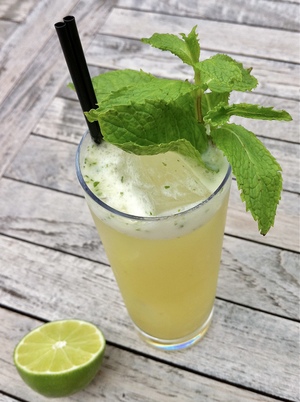
Gin Gin Mule
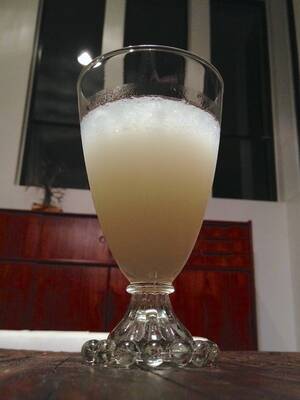
Absinthe Frappe
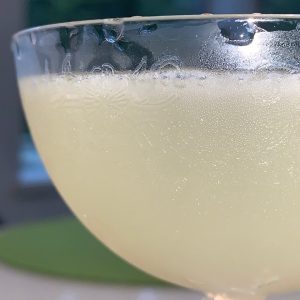
Vieux Mot

Cin Cyn
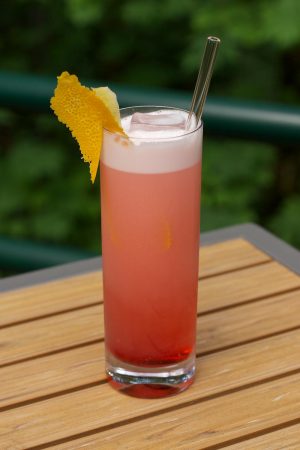
One Flight Up
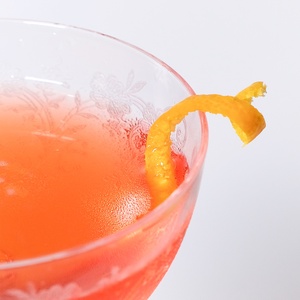
Fogerty

Jaguar

Suffering Bastard
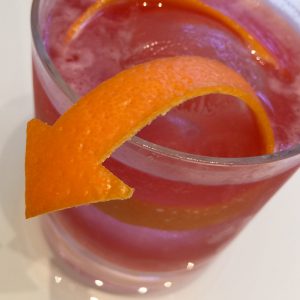
Turn Signal
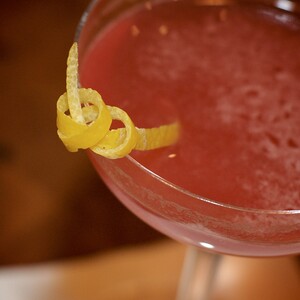
The Scofflaw
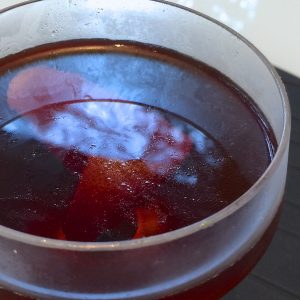
Palmetto
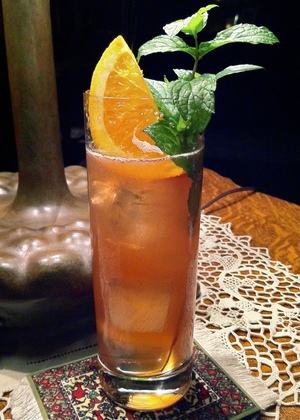
Singapore Sling
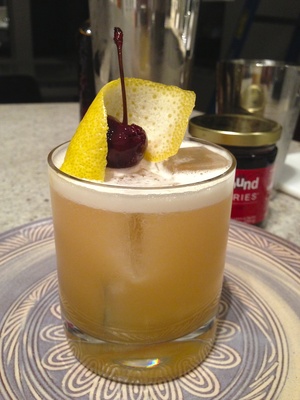
Amaretto Sour
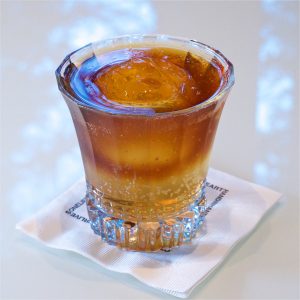
Cold Brew & Tonic
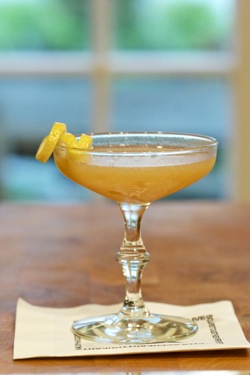
Japanese

Floridita Cocktail
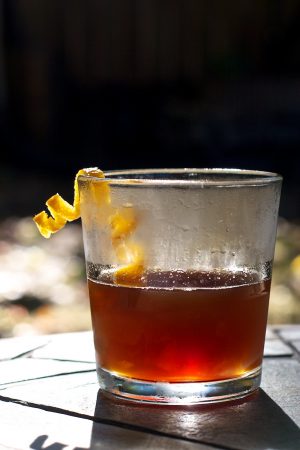
Bitter Branch
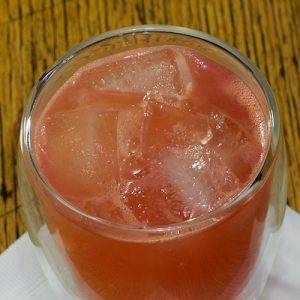
Saw Tooth
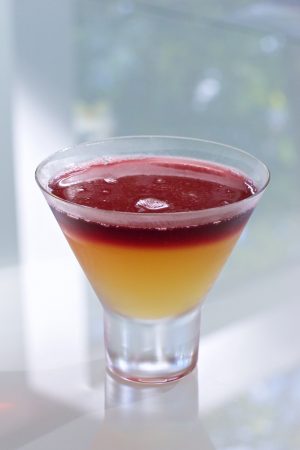
Gangs Of New York
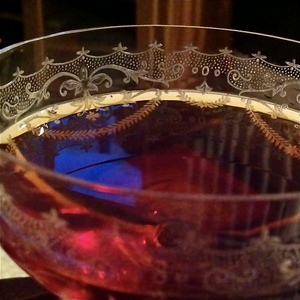
Newark

Cranston
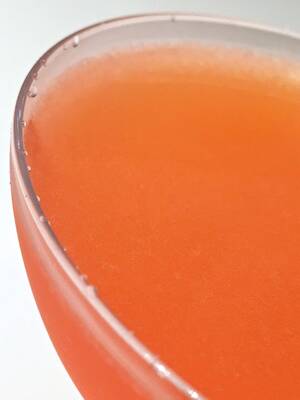
Naked and Famous

Red Pepper Daisy

Breakfast Collins
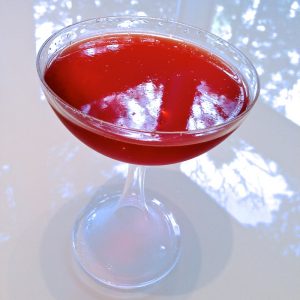
Eeyore’s Requiem
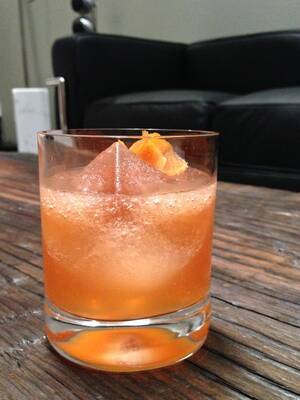
Church
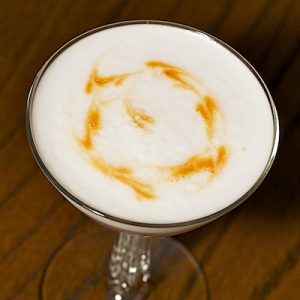
Iron Cross

